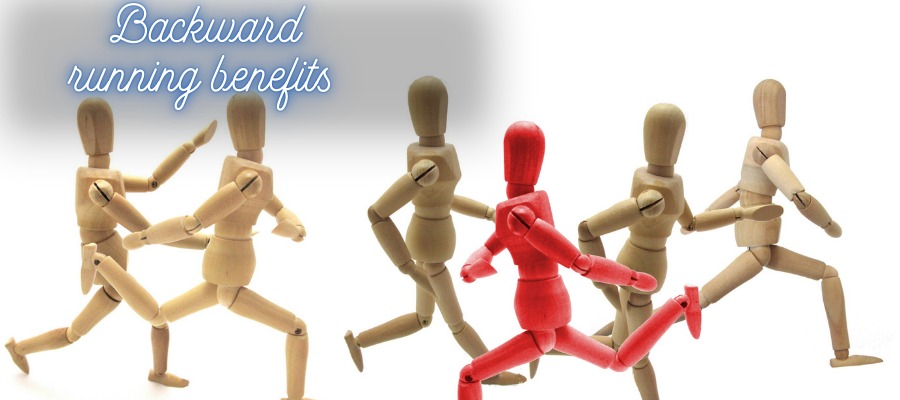Achilles Tendinopathy – Caring for Your Achilles Tendon
Introduction
Achilles tendinopathy, a condition that affects the Achilles tendon, requires our attention and care. This crucial tendon connects our calf muscles to the heel bone, playing a significant role in our daily activities. When it becomes problematic, it can lead to pain, swelling, and stiffness in the Achilles tendon area. This condition can manifest in two main forms:
- Achilles Tendinitis: This is an acute condition resulting from overuse or sudden increases in physical activity, often accompanied by inflammation in the tendon.
- Achilles Tendinosis: On the other hand, this is a chronic condition marked by tendon degeneration without significant inflammation. It primarily occurs due to prolonged wear and tear.
Recovery Strategies for Achilles Tendinopathy
When faced with Achilles tendinopathy, it’s crucial to follow a compassionate approach to your body’s healing process. Here are some recovery strategies to consider:
1. Rest: The first step in healing is allowing your tendon the time it needs to recover. Avoid activities that exacerbate the pain, and consider reducing or modifying your physical activity.
2. Ice: Ease your discomfort by applying ice to the affected area, which helps reduce pain and inflammation. Always use a cloth or towel to shield your skin, and apply ice for 15-20 minutes at a time, several times a day.
3. Compression: You can use compression bandages or sleeves to diminish swelling and provide necessary support to the affected area.
4. Elevation: Elevate your foot whenever possible to minimize swelling and promote faster healing.
5. Anti-Inflammatory Medications: Nonsteroidal anti-inflammatory drugs (NSAIDs) can be beneficial in reducing pain and inflammation, but it’s advisable to consult with a healthcare professional before using them.
6. Physical Therapy: A physical therapist can craft a personalized exercise program to strengthen your Achilles tendon and enhance flexibility. Often, eccentric calf exercises are recommended to facilitate recovery.
7. Orthotics and Proper Footwear: In some cases, custom orthotic insoles or supportive footwear may be required to alleviate strain on the tendon and provide adequate support.
8. Gradual Return to Activity: As your symptoms improve, it’s essential to reintroduce physical activities slowly. Listening to your body’s signals and avoiding overexertion is crucial during this phase.
9. Biomechanical Assessment: In certain instances, a comprehensive assessment of your running or walking gait may be needed to identify and rectify factors contributing to the condition.
10. Shockwave Therapy: If conservative methods do not yield relief, shockwave therapy is an option that may be considered.
11. Surgery: In severe cases or when other treatments prove ineffective, surgical intervention might become necessary to repair the damaged tendon.
At PhysiotherapistInDelhi.com, we understand the significance of your well-being. Our dedicated team of professionals is committed to providing comprehensive care, including the treatment of Achilles tendinopathy.
If you’re searching for the best physiotherapist at home in Patel Nagar, physiotherapy for home visit in Patel Nagar, or a top-rated physiotherapy clinic near you in Delhi, our experienced experts are here to assist you on your path to recovery.
We believe in a holistic approach to healing, emphasizing the importance of your overall health and well-being. Contact us today for expert guidance and compassionate care.
“At Arunalaya Healthcare, we pride ourselves on being the best physiotherapy center in Delhi. Our dedicated team of experts offers top-notch physiotherapy treatment tailored to your needs. Experience the difference with the leading physiotherapy clinic in Delhi area. Our commitment to excellence ensures that you receive the best physiotherapy care possible. Trust Arunalaya Healthcare for the best physiotherapy treatment in Delhi. Our advanced physiotherapy solutions set us apart as the premier choice for your rehabilitation needs. When it comes to physiotherapy, our center stands out as the best in Delhi. Choose Arunalaya Healthcare for comprehensive physiotherapy solutions that deliver results. Visit Arunalaya Healthcare today and discover why we are the best physiotherapy center in Delhi.”






